How Do Police Walkie Talkies Work? Police Walkie Talkie 2024
Police walkie talkies, also known as two-way radios, are devices used for communication by law enforcement agencies.
Police radios send and receive radio signals at a specific frequency, enabling officers to talk to each other instantly.
These radios are typically compact and portable, making them easy to carry while on patrol or in the field.
Police walkie talkies are essential for keeping officers safe and providing them with the ability to coordinate and manage incidents.
As I told early that how do police walkie talkies work? The short answer is Police walkie talkies operate by sending and receiving radio waves at a particular frequency, allowing officers to communicate with each other.
So I come up here with your needs with a complete explanation.
What is the police walkie talkie channel?
The police walkie talkie channel can vary depending on the department and the specific use of the radios.
Police departments usually have designated frequencies for officers to exchange messages between themselves and within the department.
These channels may be designated for specific types of communication, such as dispatch, patrol, or special operations.
The channels may also be encrypted to protect sensitive information and prevent unauthorized access.
It depends on the location and agency, but typically police departments use a variety of channels for different types of communication.
Below is an example of some common channels used by a police department:
| Channel | Purpose | Channel | Purpose |
| 1 | Dispatch | 7 | Narcotics |
| 2 | Car-To-Car | 8 | SWAT |
| 3 | Tactical | 9 | Traffic |
| 4 | Detectives | 10 | Special Oprations |
| 5 | Special Event | 11 | Fire/EMS |
| 6 | K-9 Unit | 12 | Bomb Squad |
Please note that these channels may vary depending on the agency and jurisdiction.
Also Read…. Can Walkie Talkies Be Traced? – Best Tricks To Track In 2023
How do police walkie talkies work? Explaination
An officer’s voice is changed into an electronic signal and sent to a specific frequency through radio waves.
The other radios then receive the signal tuned to that same frequency, allowing the other officers to hear the message.
All police agencies will have a set of designated frequencies, known as channels, that they use for different purposes.
For example, one channel may be designated for dispatch, another for patrol, and another for investigations.
This ensures that communication is clear and that different units can communicate without interference.
Walkie talkies can have encryption, which keeps conversations secure from outside listeners.
These devices can range several miles, depending on the environment, making them versatile.
Police walkie talkies are necessary for officers to coordinate and respond to emergencies.
They allow instant communication between officers and have different channels for different tasks.
Also Read…. Answered: Can Walkie Talkies Pick Up Police Radio? [2023]
Police Walkie Talkie Codes?
Here is a table of common police walkie talkie codes:
| Code | Meaning | Code | Meaning |
| 10-1 | Unable to copy; change location | 10-13 | Advise weather and road conditions |
| 10-2 | Signal good | 10-14 | Convoy or escort |
| 10-3 | Stop transmitting | 10-15 | Prisoner in custody |
| 10-4 | Acknowledgement (OK) | 10-16 | Pick up prisoner |
| 10-5 | Relay message | 10-17 | Meet in person |
| 10-6 | Busy, stand by | 10-18 | Urgent |
| 10-7 | Out of service, leaving air | 10-19 | Return to station |
| 10-8 | In service, subject to call | 10-20 | Location |
| 10-9 | Repeat-Message | 10-21 | Call by telephone |
| 10-10 | Negative | 10-22 | Disregard last information |
| 10-11 | Affirmative, or message received | 10-23 | Stand by |
| 10-12 | Visitors present | 10-24 | Completed last assignment |
It is worth noting that these codes may vary depending on the specific department or agency. These codes are not universal and may be different in other places.
How can the police trace a walkie talkie?
Police can trace a walkie talkie by tracking the radio frequency or by monitoring the signal to the transmitter’s location.
Identify the frequency of the walkie talkie:
The first step in tracing a walkie talkie is to identify the frequency on which it is operating. This information can typically be obtained by monitoring the radio waves with a scanner or other equipment.
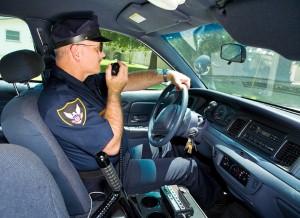
Locate the source of the signal:
Once the frequency is known, the next step is to locate the source of the signal. A direction-finding antenna or mobile tracking unit it’s feasible to determine a walkie talkie’s position.
Identify the user:
Once the position of the walkie talkie has been determined, the user must be identified. This can be done using visual surveillance or obtaining a warrant to access the user’s information.
Track the walkie talkie:
Law enforcement can use the walkie talkie’s GPS capability to trace it or deploy a mobile tracker to monitor its site continually.
Arrest the user:
Once the user is identified, the police can make an arrest if the user is committing a criminal offense.
Specific techniques for tracing a walkie talkie may be illegal, and a warrant may be necessary to access related information.
Frequently Ask Questions
Walkie talkies that don’t require a license?
Walkie talkies operating on Family Radio Service (FRS) or General Mobile Radio Service (GMRS) frequencies do not require a license.
They are commonly used for personal or recreational use and have a limited range and power output. You may need a license for these radios for business or commercial use.
What are walkie talkies called?
Walkie talkies are two-way radios, handheld radios, and transceivers.
They are portable communication devices allowing users to transmit audio signals over a specific frequency.
Emergency services, the military, and other organizations often use walkie talkies that require reliable and fast communication.
Recreational enthusiasts, such as hikers, hunters, and campers, also use them.
Can you track radio transmissions?
Yes, radio transmissions can be tracked by using specialized equipment and techniques.
This can include using direction-finding equipment to locate the transmission’s source or triangulation to pinpoint the transmitter’s location.
Law enforcement and other organizations may also use signal analysis and strength measurements to track and locate radio transmissions.
Can you jam radio signals?
Yes, radio signals can be jammed by transmitting a stronger signal on the same frequency, overriding the original signal, and making it unreadable and undecidable.
Special equipment, called jammers, can disrupt signals, preventing communication from being transmitted or received.
However, it’s illegal to jam any radio signals without proper authorization, and is punishable by law.
Final Thought :
I hope now you are well aware of how do police walkie talkies work. Finally, Police walkie talkies use radio waves to send and receive messages, allowing officers to communicate instantly.
Police departments will use specific frequencies (channels) for communication to ensure clarity and no interference between units.
These radios are essential for coordinating and responding to various situations, making them a vital tool for law enforcement agencies.
These services are helpful for emergency responders, the armed forces, and other entities that necessitate reliable, swift communication.
Also Read
How do I reset my Retevis walkie talkie? – Best Setup 2023
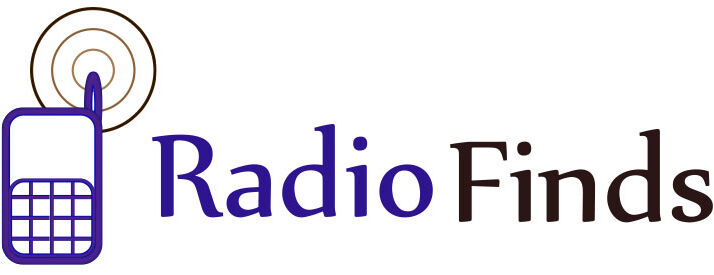
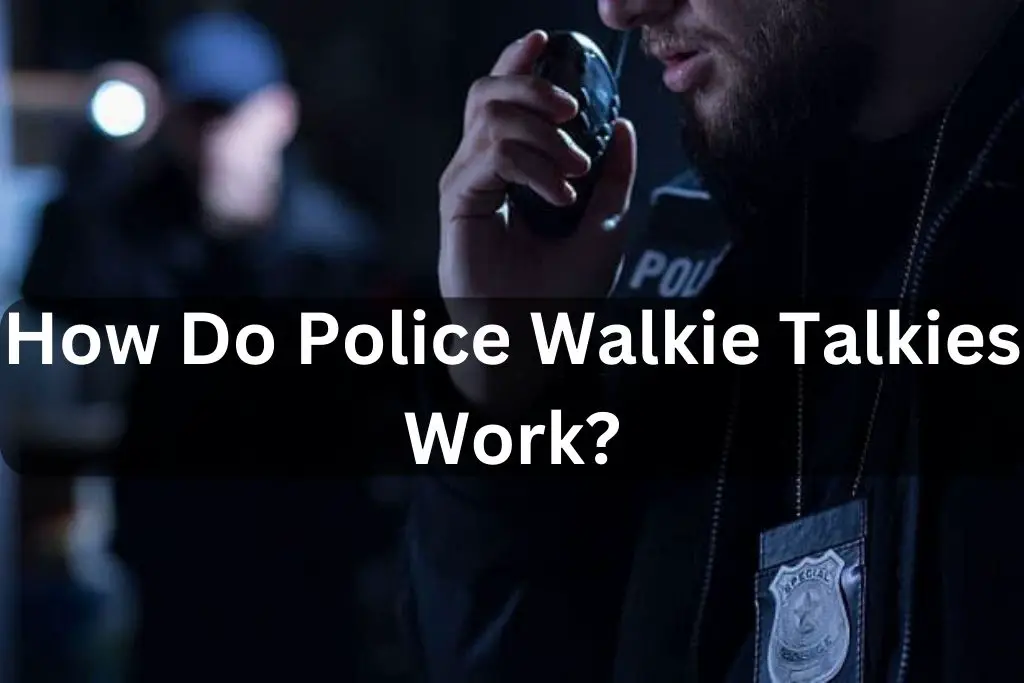
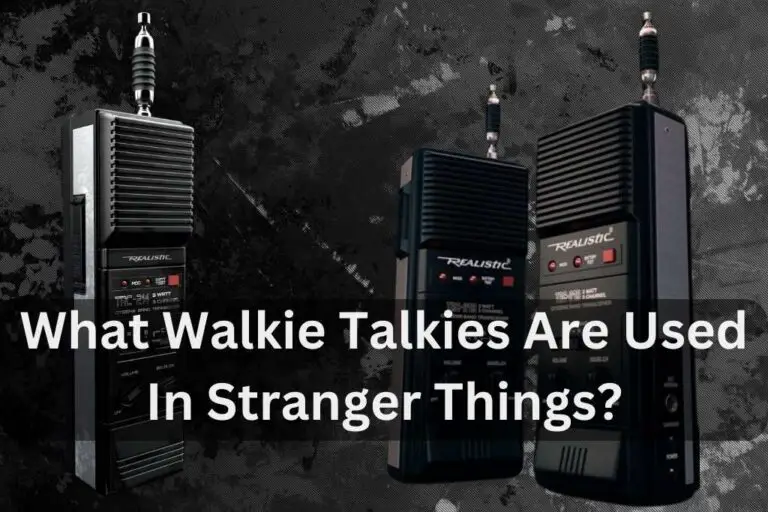
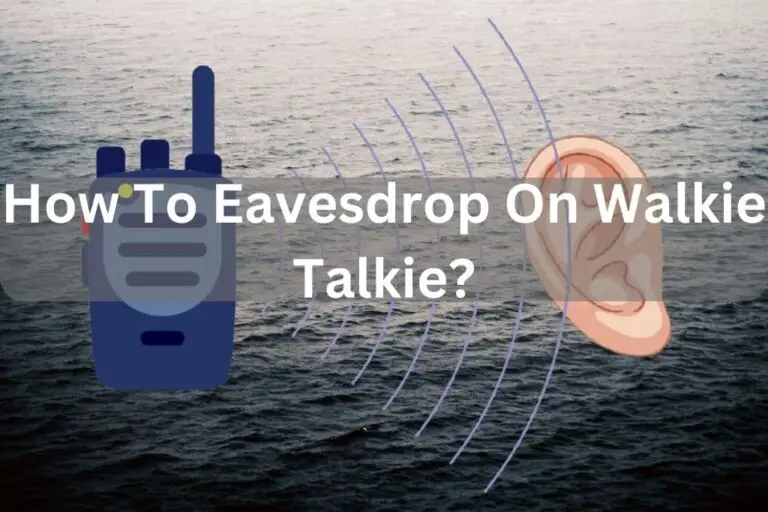
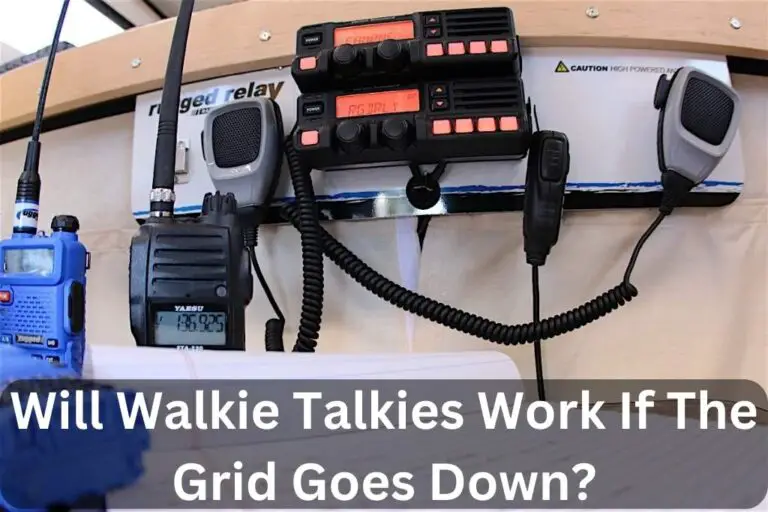
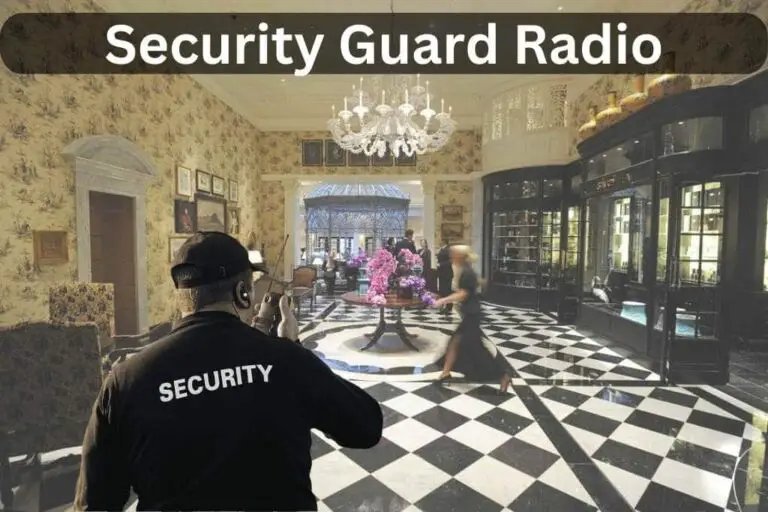
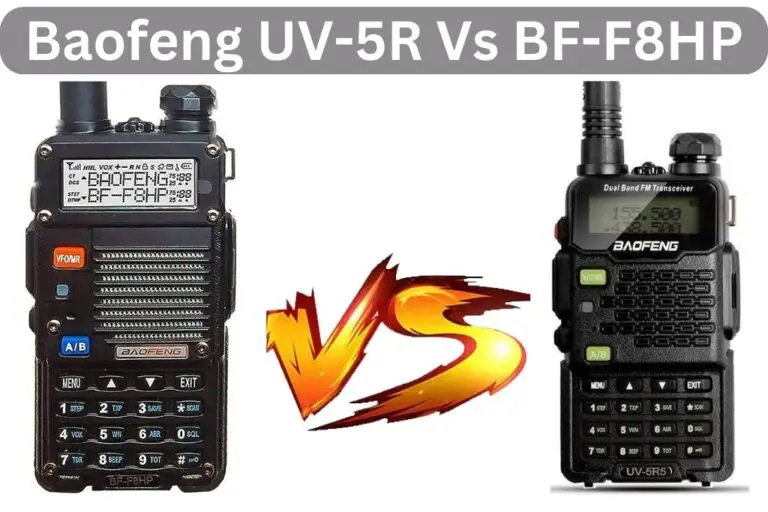


Thank you a bunch for sharing this with all folks you actually recognise what you’re talking about! Bookmarked. Kindly also visit my web site =). We may have a hyperlink exchange contract among us!